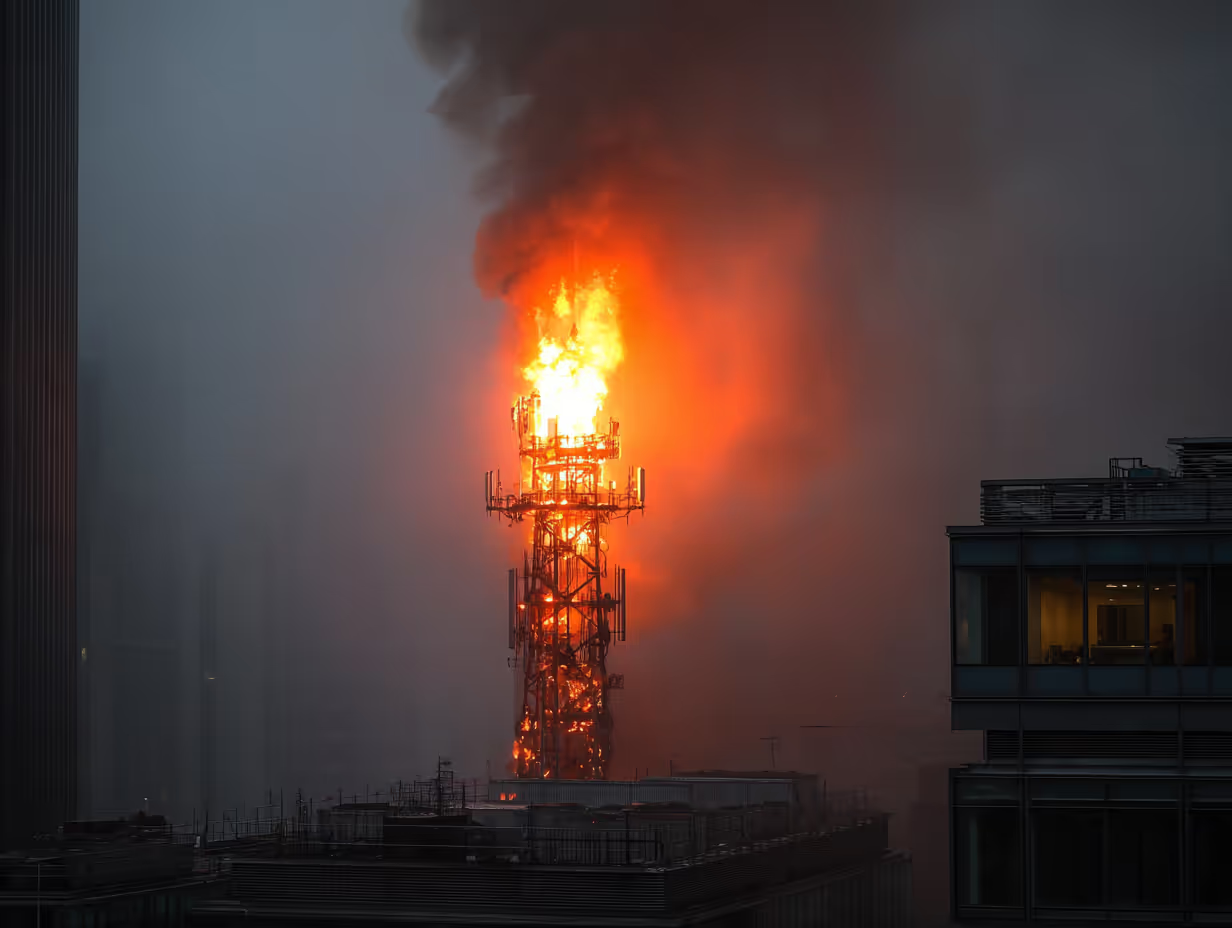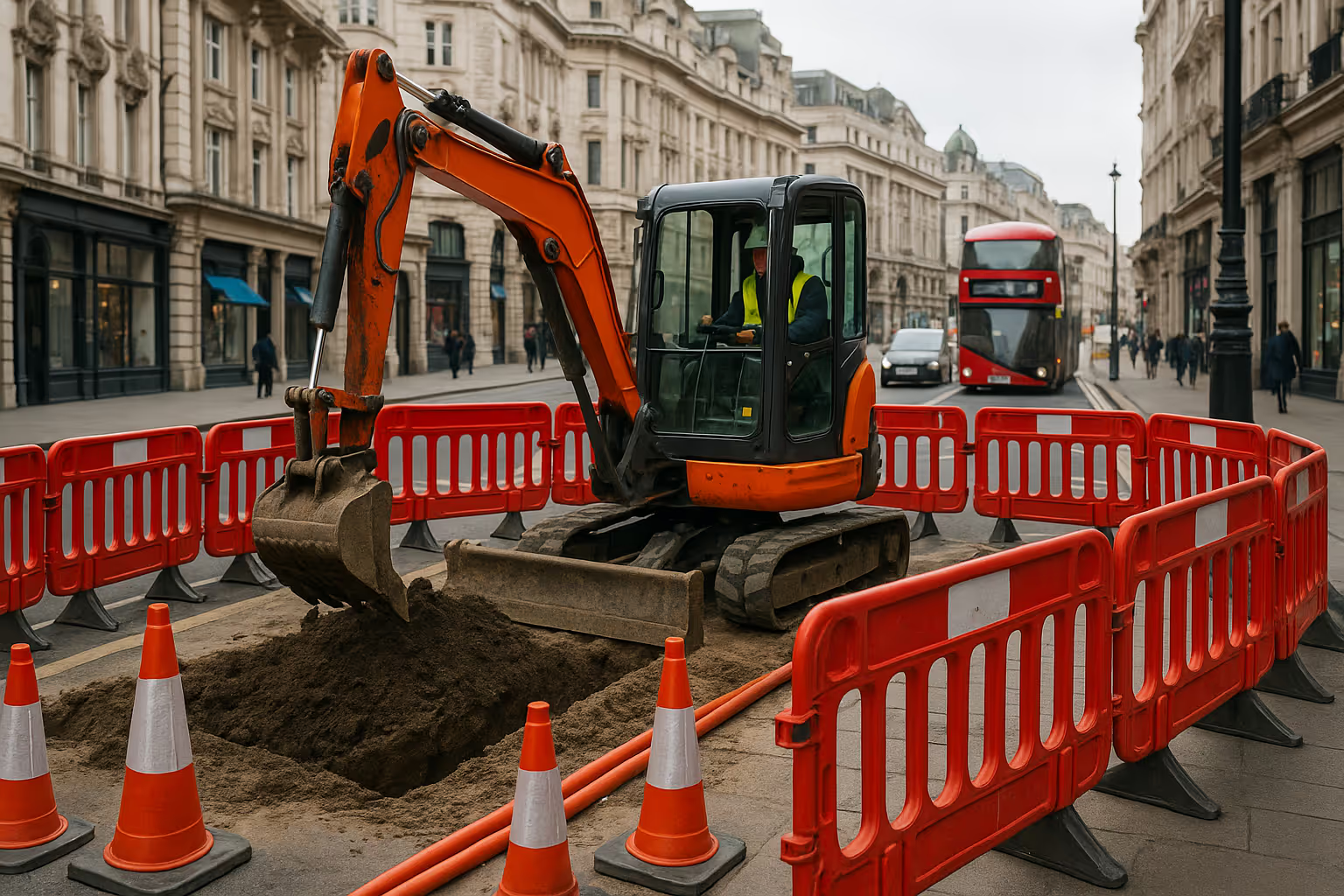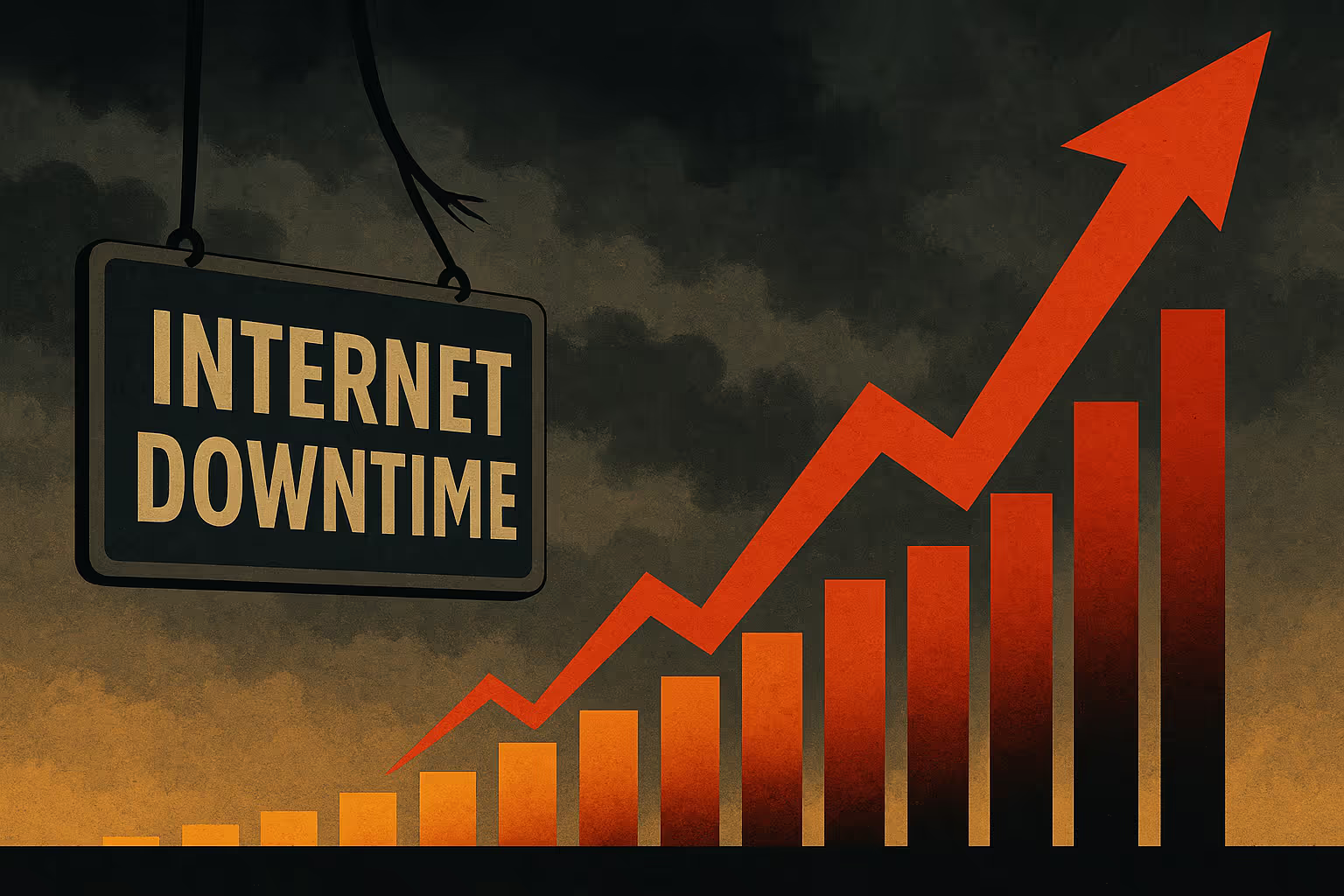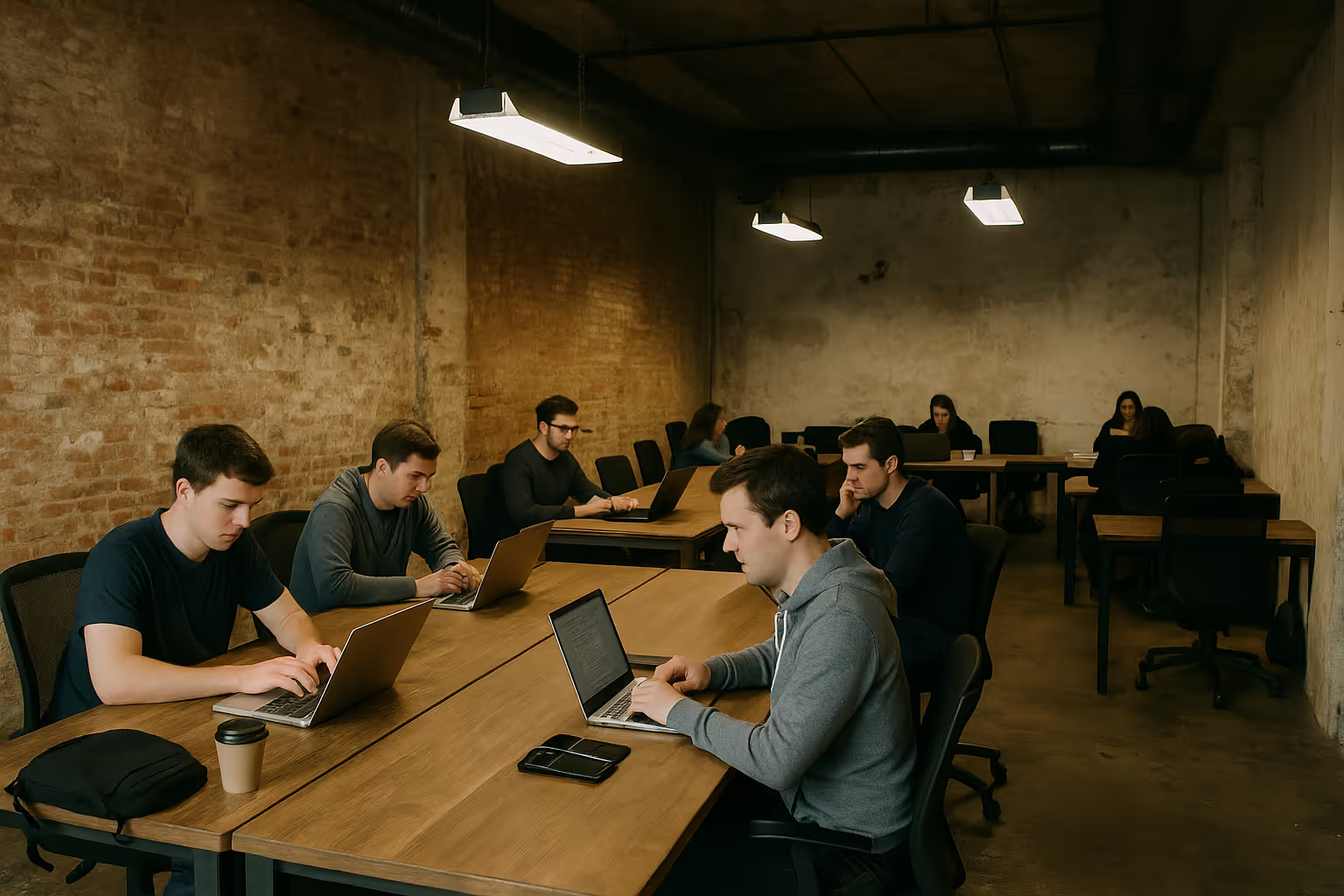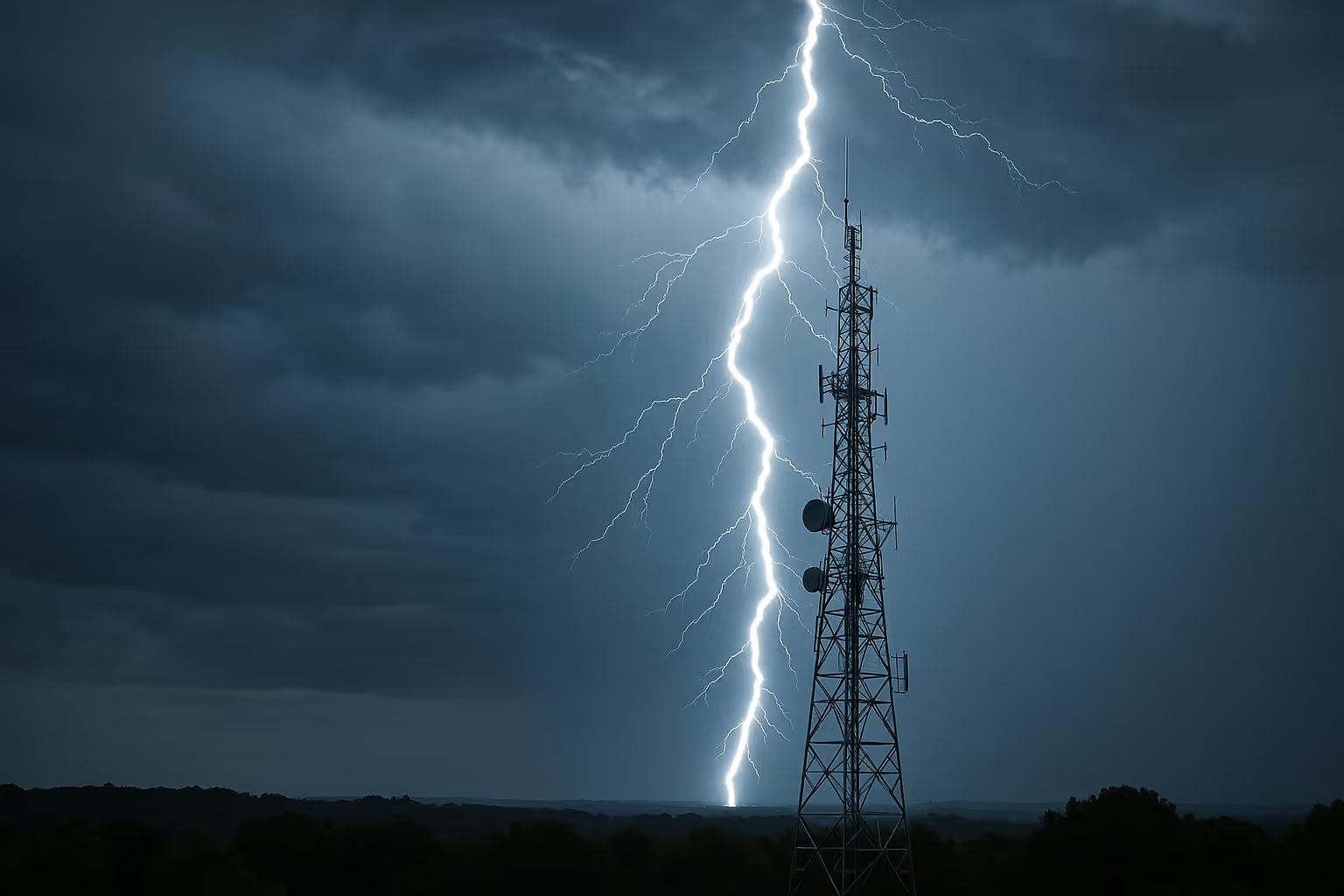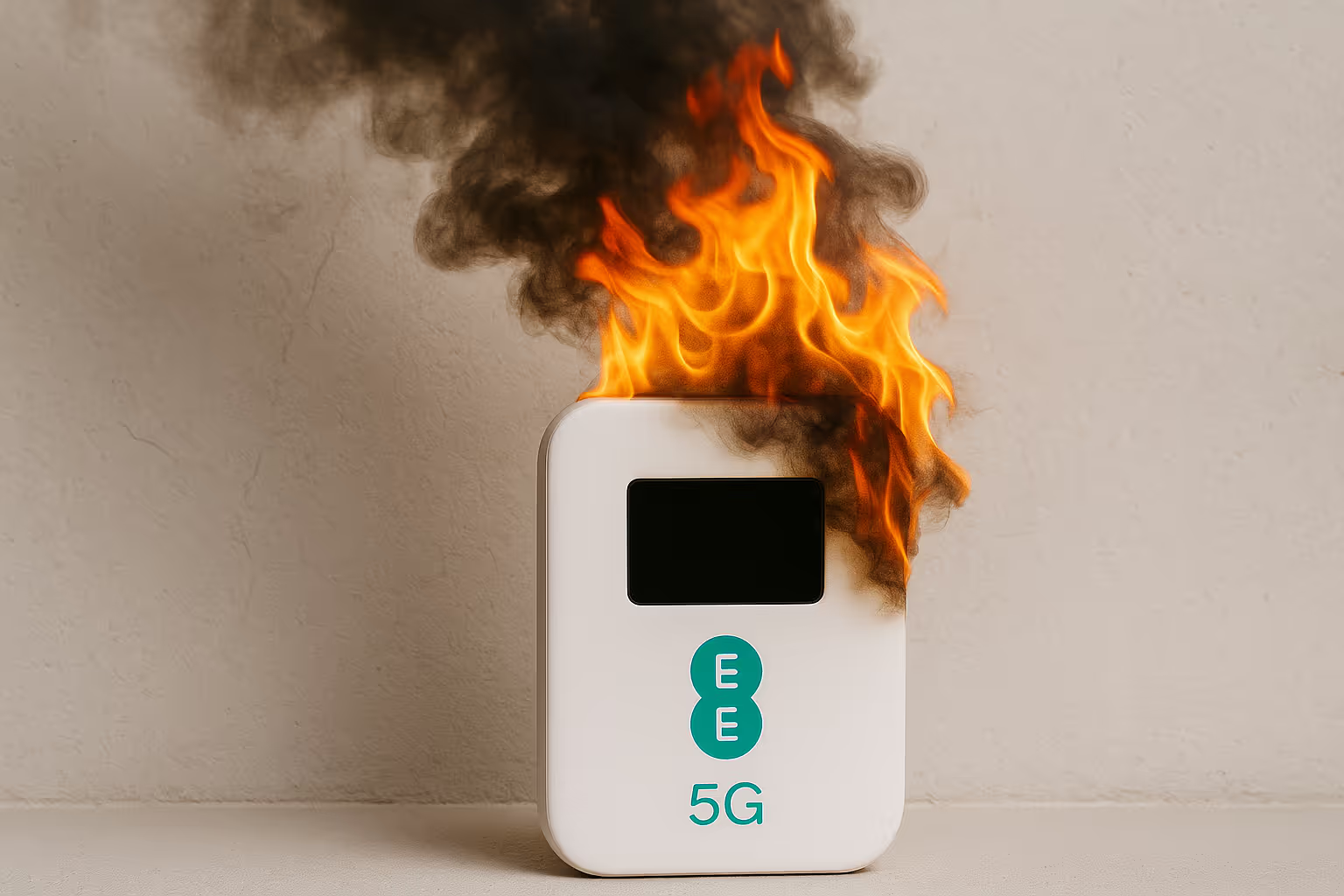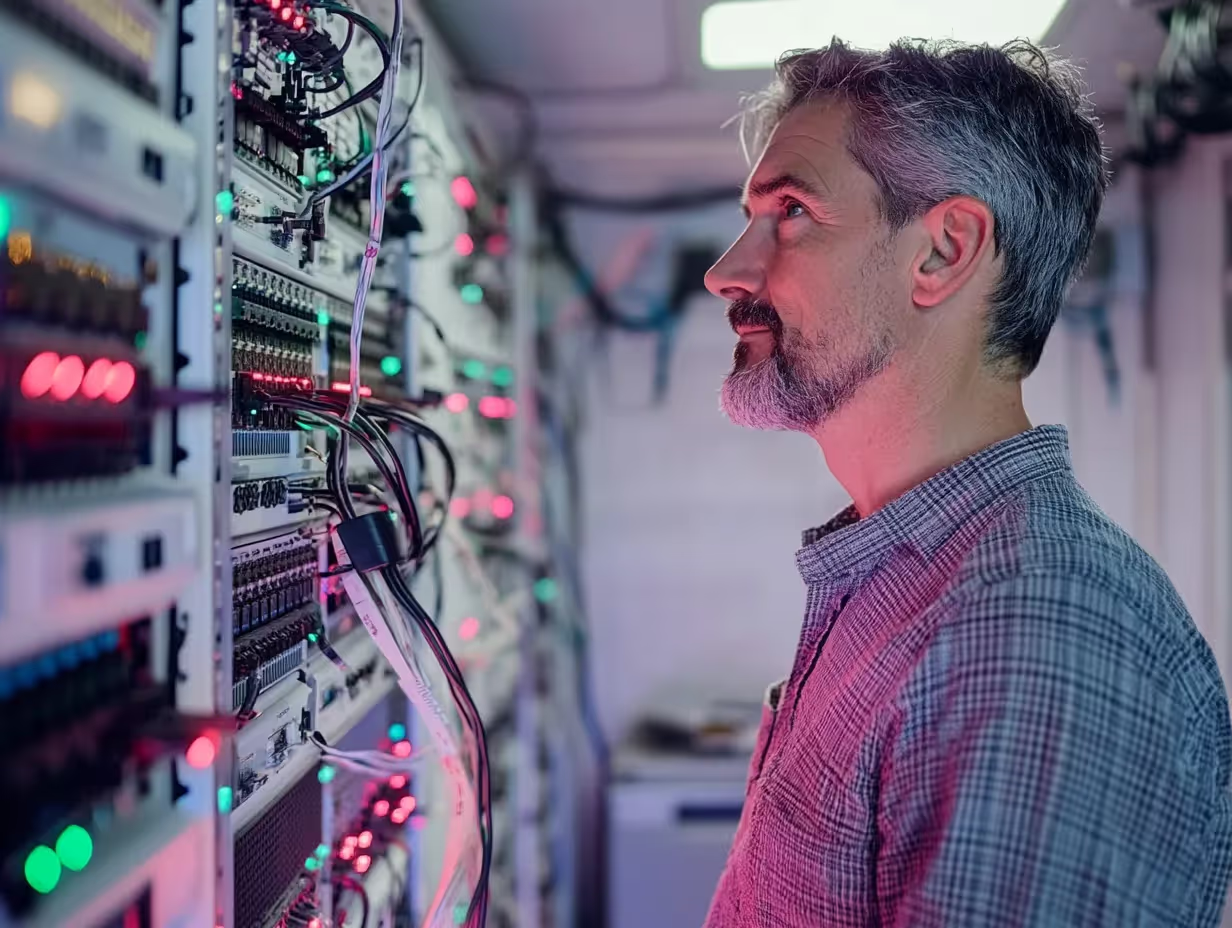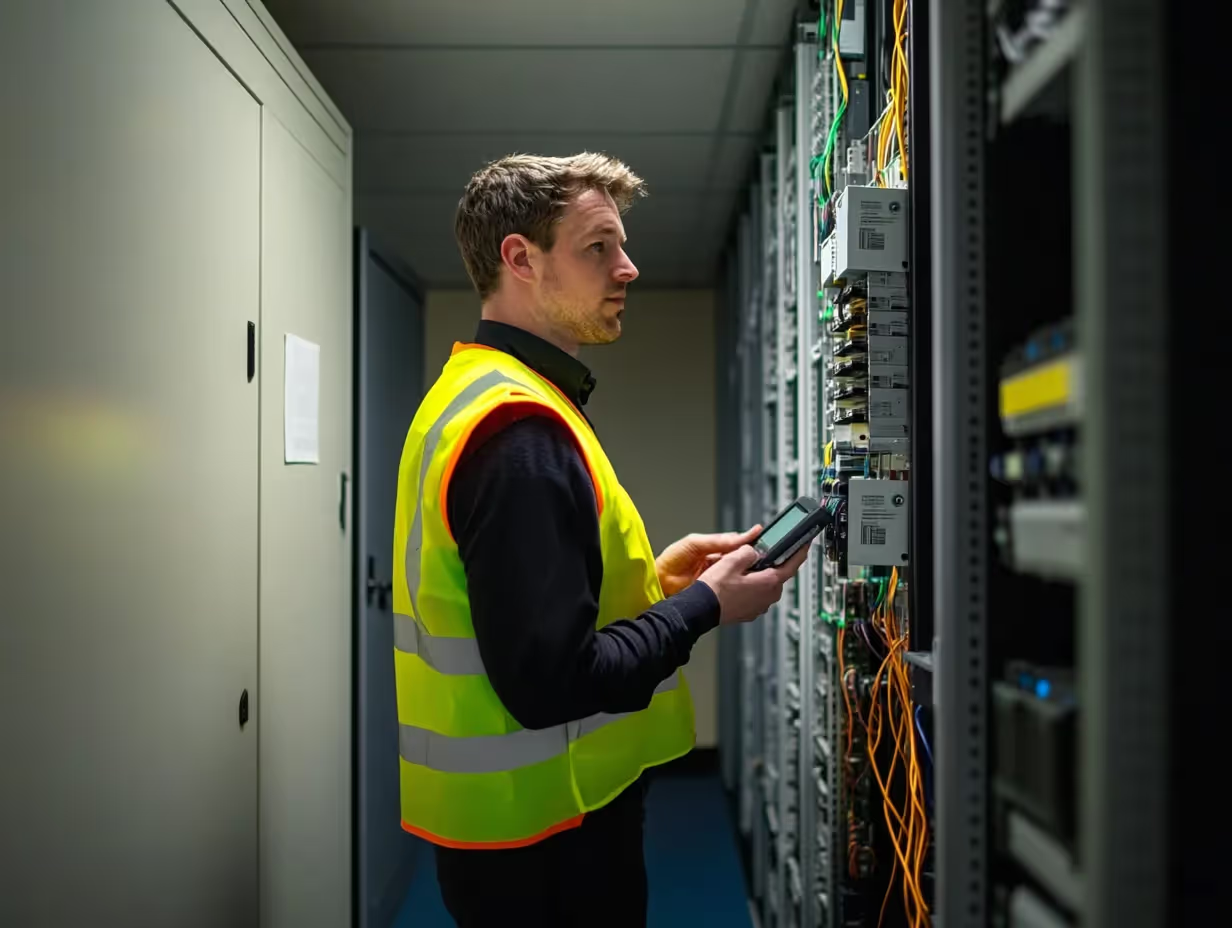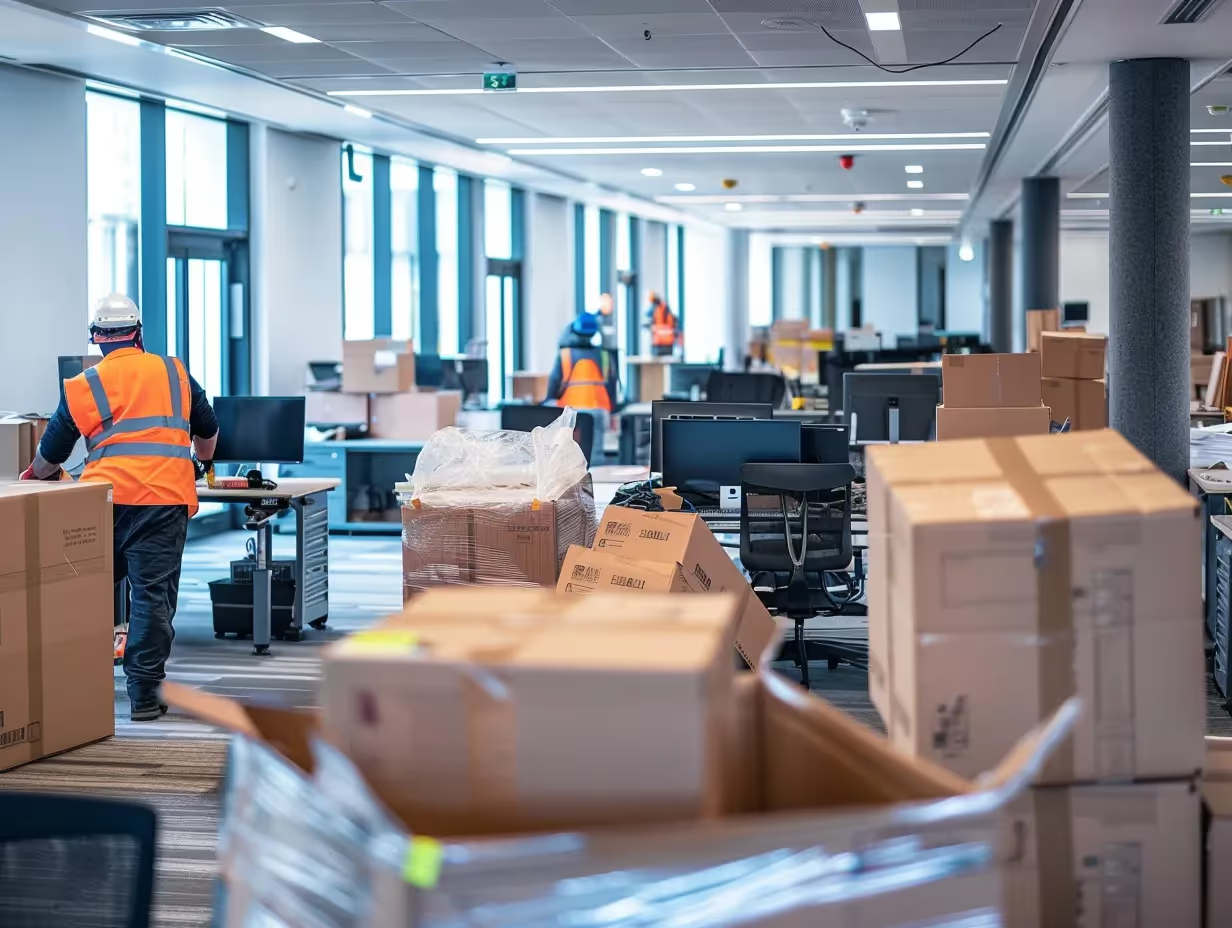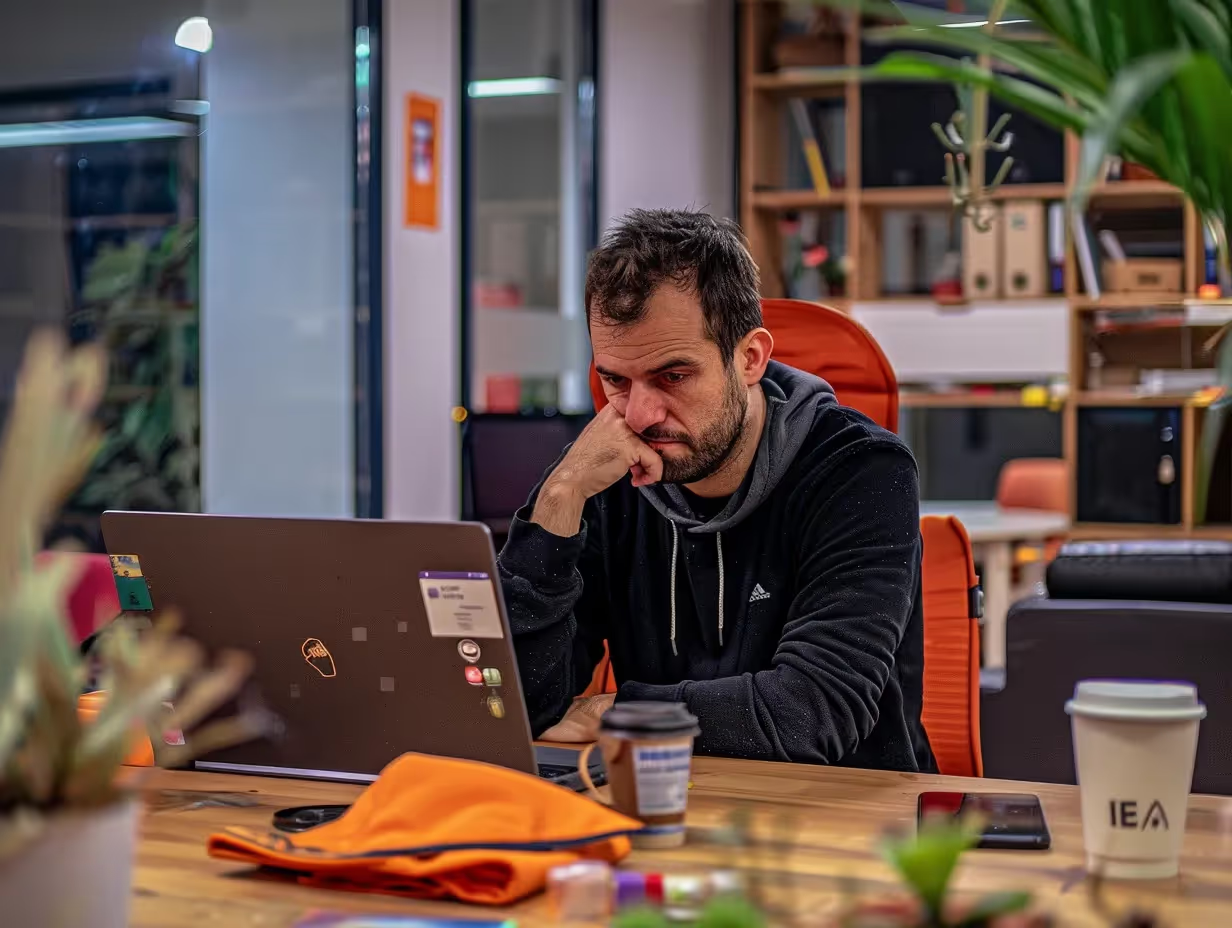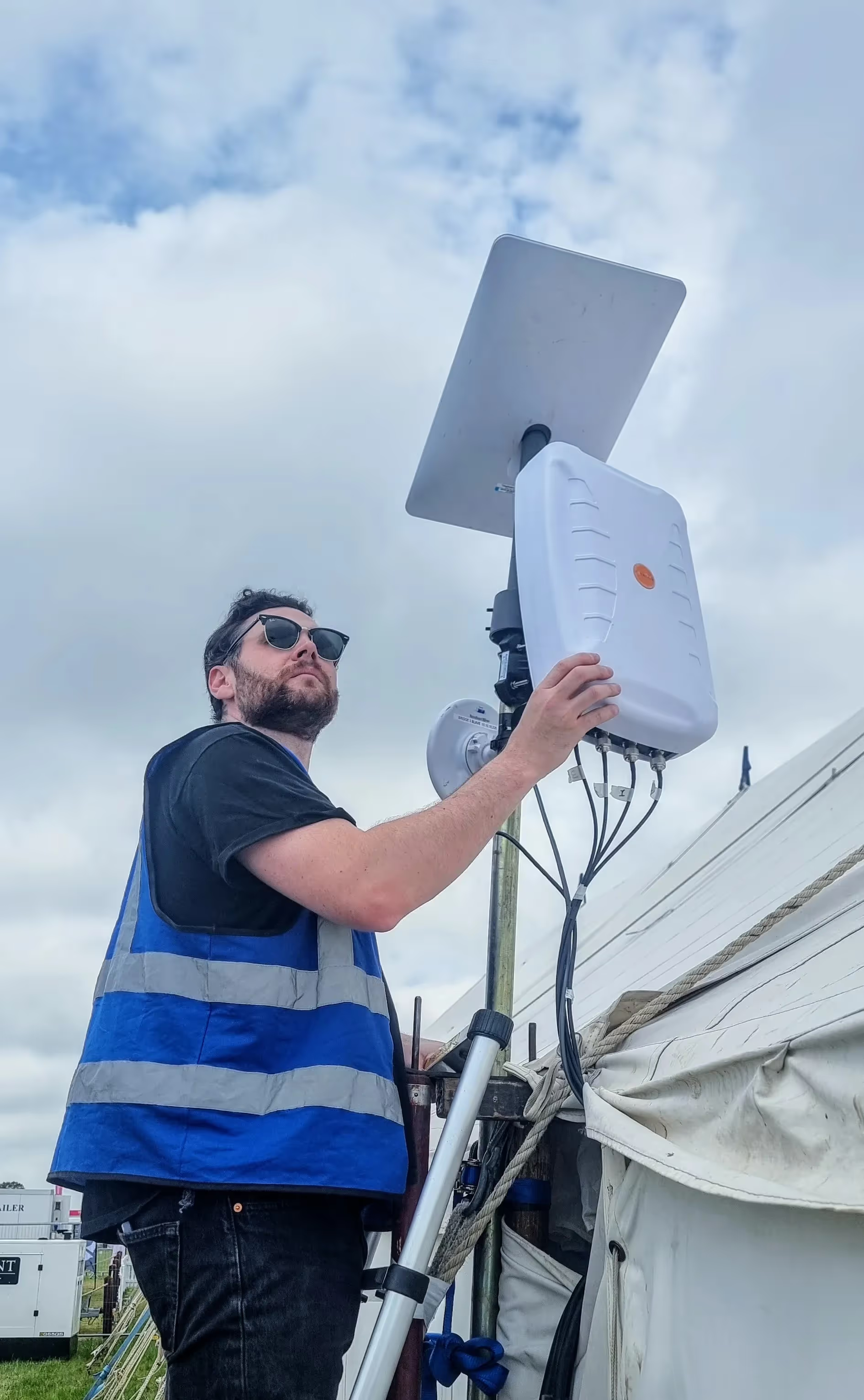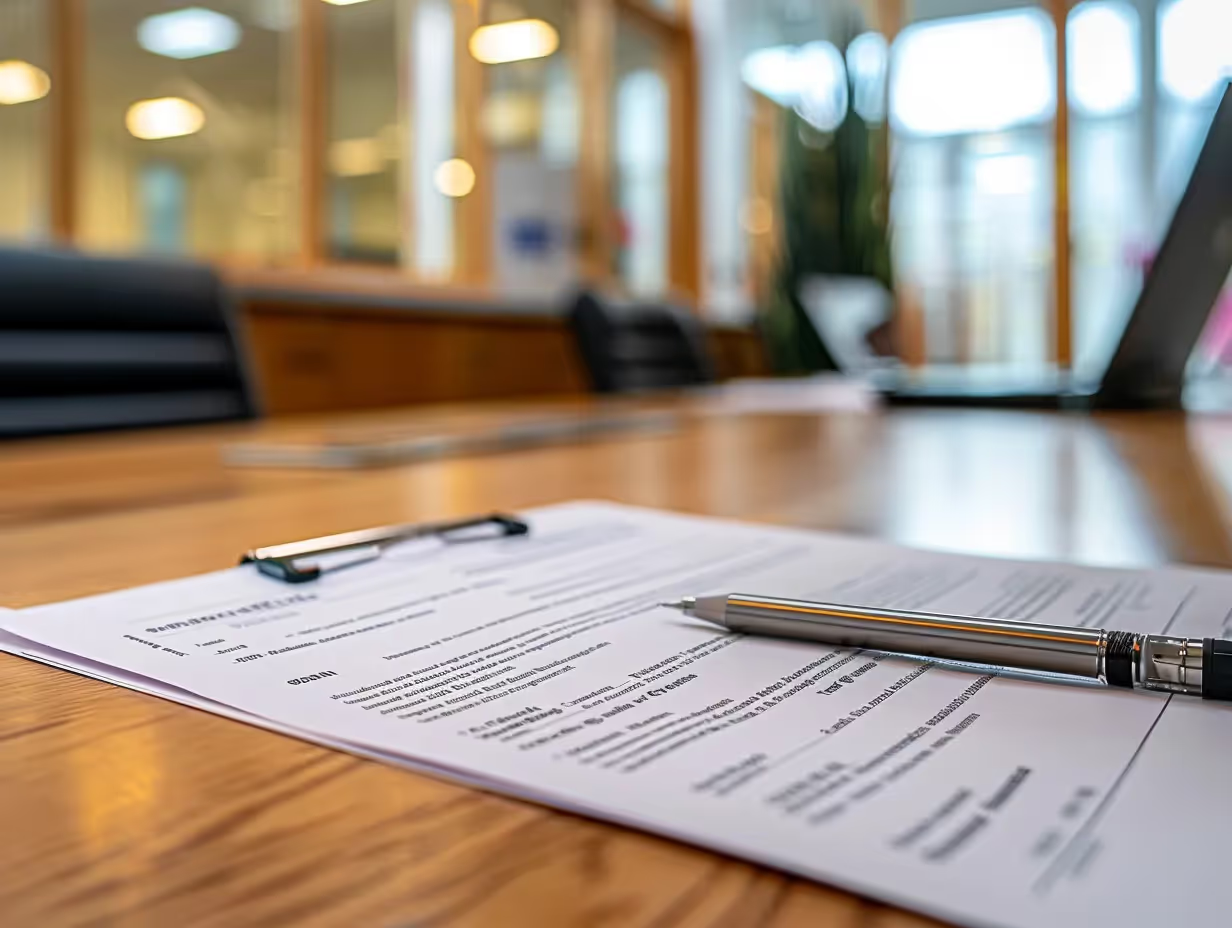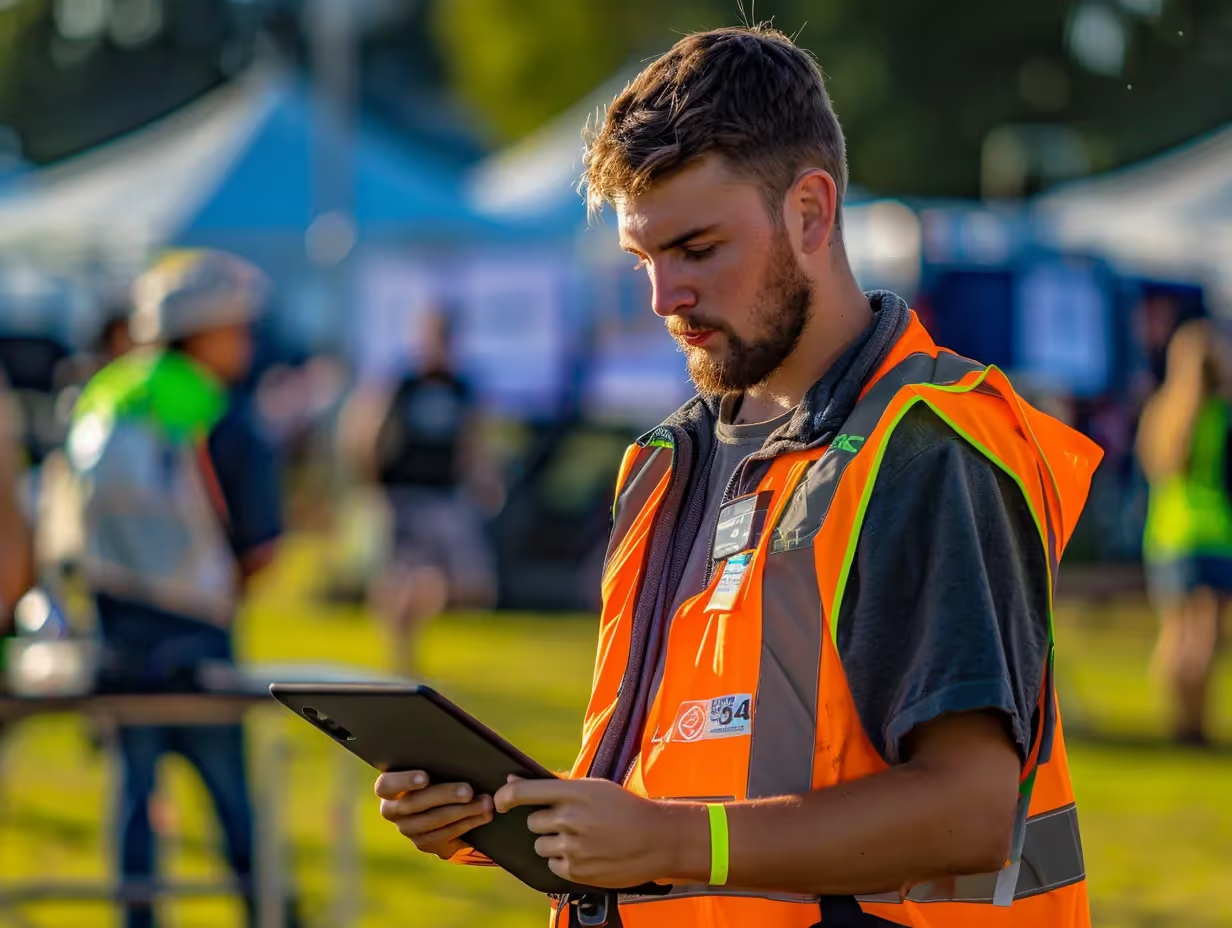Resilience Isn’t Luck — It’s By Design
Summary: Vodafone’s nationwide outage reminds us that network resilience doesn’t happen by accident — it’s built into the system from day one.
When Vodafone’s network dropped this afternoon, millions of people suddenly remembered how dependent we are on connectivity — and how fragile it can be when everything runs through one provider.
Meanwhile, at Digital Avenue, we didn’t get a single support ticket. Not one.
That’s not because we’re lucky. It’s because our network doesn’t rely on luck — it relies on diversity and intelligent traffic handling.
When one route fails, another takes over
Our infrastructure uses multiple upstream providers, exchanges, and technologies — 4G, 5G, fibre, and satellite — all talking to each other constantly.
If one link so much as blinks, traffic automatically reroutes through another path. No human intervention. No downtime. Just quiet continuity.
To our customers, it looks effortless. Behind the scenes, it’s anything but.
The cost of single-network simplicity
Today, many businesses learned the hard way that putting all your connectivity eggs in one basket isn’t simplicity — it’s fragility.
When your broadband and mobile network sit on the same backbone, one outage can take your entire operation offline.
Cheaper up front, sure. But when the lights go out, it suddenly looks like a very expensive decision.
Built for bad days
Our clients depend on connectivity for live events, critical operations, and emergency deployments — situations where downtime simply isn’t an option.
That’s why we built our network to think for itself. It constantly balances load, reroutes around congestion, and keeps services steady even when national carriers stumble.
A gentle reminder
If your business went dark today, maybe it’s time to rethink what reliable really means. Get in touch to see how we can ensure business continuity.

